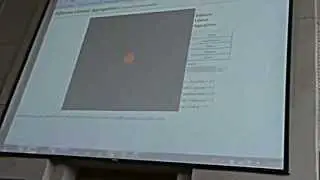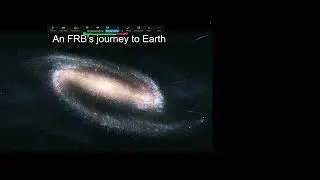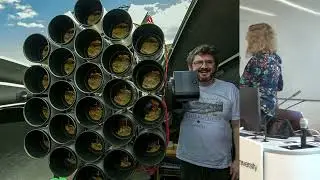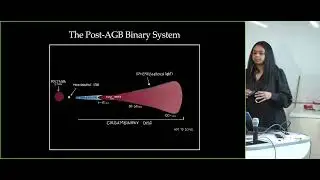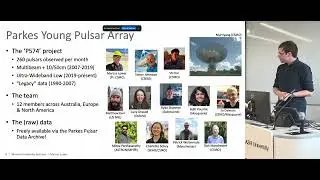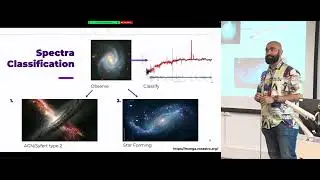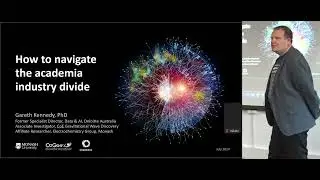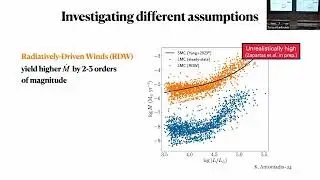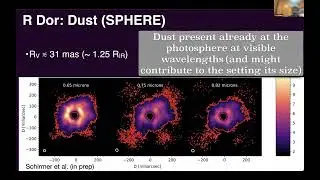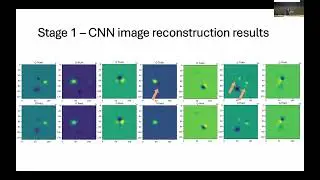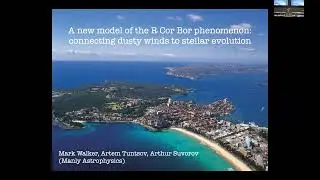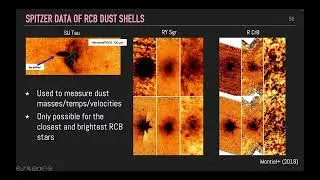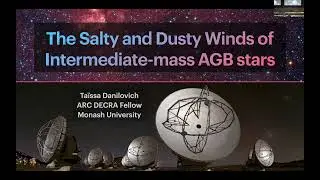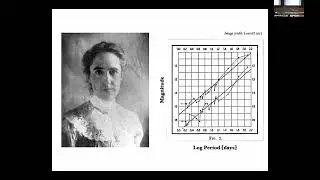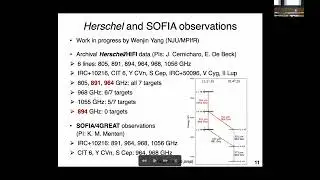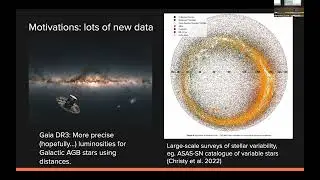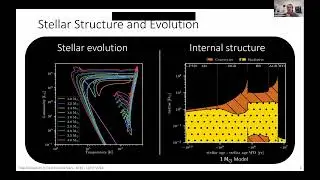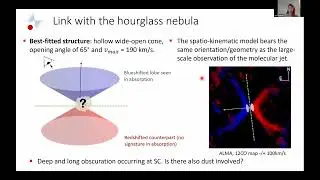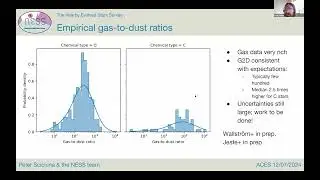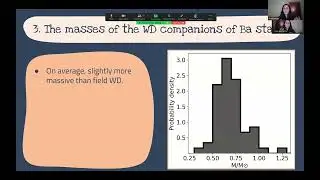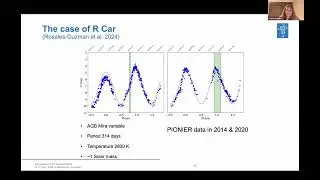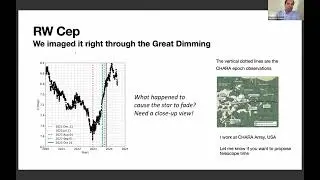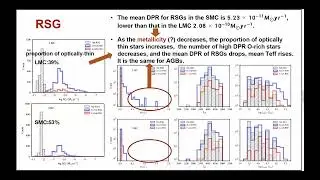ACES Polluted stars as tracers of binarity and nucleosynthesis - Ana Escorza
Ana Escorza
Instituto de Astrof´ısica de Canarias, Canary Islands
A rich zoo of peculiar objects forms when the loosely bound convective envelope of an AGB star interacts with a binary companion. The stellar, chemical and orbital properties of these binary interactions products are essential to understanding the interaction history in these systems and to
constraining many physical and chemical mechanisms that concern the AGB progenitors. During my contribution, I will present the latest observational constraints on a family of polluted binaries that accreted mass from the outflows of a former AGB companion, now a dim white dwarf. The combination of long-term radial-velocity monitoring programs, high-resolution spectroscopy, high-quality Gaia distances, and state-of-the-art stellar and binary models has been very powerful in the past to learn about these long-period polluted binaries. However, including Hipparcos and Gaia astrometric information in our recipe, we have been able to determine the masses of the faint WD companions for the first time, obtaining direct information about their AGB progenitors. The orbital parameters of polluted star systems will be discussed in the context of binary interactions with AGB stars, and the WD masses will be examined in relation to AGB nucleosynthesis. Neither binary evolution models nor nucleosynthesis models fully reproduce the orbital and chemical properties of polluted stars, which represents a gap in our knowledge about AGB stars, their outflows, and their interactions with binary companions.





